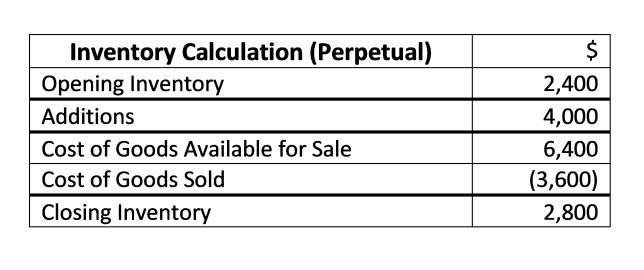
The foundation of bookkeeping involves the diligent and regular recording of all financial transactions. For a small business, these transactions may encompass sales, purchases, receipts, and payments. Accurate record-keeping facilitates the tracking of revenues, expenses, and profitability, ensuring that the business is aware of its financial position.
- This enables businesses to save money on taxes and allocate those funds elsewhere which could be put towards growing their venture further.
- It’s important to review your coverage often to ensure you have enough to protect surviving family members.
- The amount of your insurance cost is going to be any self-insurance charge plus insurance administration expenses provided the amount is less than purchased insurance cost would have been.
- These regulations are designed to protect policyholders and ensure that insurers remain solvent and capable of covering potential risks.
- The IRS outlines that business expenses must be both “ordinary” and “necessary” for them to be deductible.
What are the standard business expense categories defined by the IRS?

Insurance expense refers to the cost incurred by individuals or businesses to secure financial protection against potential risks, liabilities, and financial losses. We will explore the definition of insurance expense, its components, and how it is recorded in QuickBooks Accountant financial statements. When insurance is due for each quarter, i.e., $2,000 will be subtracted from the prepaid account and is shown as an expense in the income statement for that reporting quarter. XYZ company needs to pay its employee liability insurance for the fiscal year ending December 31, 2018, which amounted to $10,000.

Is a premium an expense?
- An example of insurance expense is a business purchasing property insurance to protect against potential losses of physical assets such as a building or equipment due to events like fire, theft, or natural disasters.
- Primarily, taking out an insurance expense policy reduces overall financial strain and provides peace of mind in case of unexpected events.
- It reduces fraud, improves data accuracy, and increases trust in financial reporting.
- This approach ensures that financial statements accurately reflect the company’s financial position and obligations.
- These types of stipulations are generally observed in real estate leases where the landlord typically requires one or two months of the monthly rent obligation upon execution of the contract or at lease commencement.
The current ratio is a useful liquidity metric to evaluate whether a normal balance company can meet its short-term obligations by utilizing assets which can quickly be converted into cash. The current ratio is calculated by dividing current assets by current liabilities. By definition, current prepaid assets would be included in the numerator, or current assets portion of the current ratio, and positively affect the results. Accrued expenses, such as accrued rent, are the result of receiving a service or goods before payment is made. As a rule of thumb, prepaid expenses have been paid but are yet to be realized whereas accrued expenses are incurred but yet to be paid.

How insurance premiums and deductibles work
$24,000 by 12 months which will give the insurance expense for each month that is $2,000. Business insurance expenses typically fall under the category of insurance expenses. While what is insurance expense in accounting Sage Expense Management does not provide tax advice, it is an essential tool for maintaining the clear records required to correctly classify and substantiate your insurance payments.
Accounts Receivable Journal Entries
Deductible selections play a crucial role as they represent the amount the policyholder must pay out of pocket before the insurance coverage kicks in. By analyzing these elements, insurance companies arrive at a final premium figure that reflects the cost of providing the specified coverage. A history of frequent claims can indicate higher perceived risk to the insurer, resulting in increased premiums. The deductible amount chosen by the policyholder also impacts costs, with higher deductibles generally corresponding to lower premiums.
